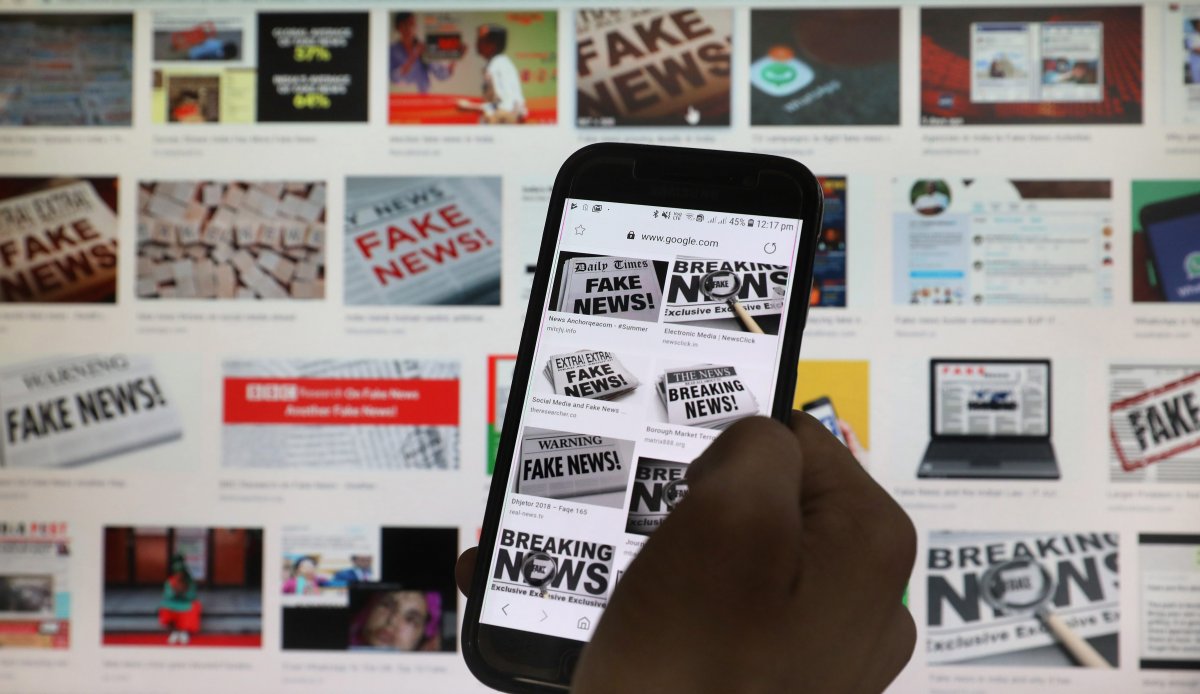
In a fast 24-hour news cycle, stories sometimes get the facts wrong. Normally, these lapses are not intentional. But recently, there has been an explosion in false, inaccurate and harmful stories that are made with the sole purpose of convincing the public that a different reality exists. It’s known as fake news, and on this week’s Super Awesome Science Show, we’re going to explore its nature, how to diagnose it and also how not to be fooled by it.
Our first guest is Amber Day, a professor at Bryant University. She reveals that fake news has a base in satire and parody, although it has devolved into something more troubling. We learn about how the goals have evolved from bringing humour to bringing trust. What makes fake news so difficult is that many of the tactics used mimic tried-and-true modes of satire and parody such that we may be unable to judge between what is and what is not real.
- Donald Trump claims B.C.’s ‘very large faucet’ could help California’s water woes
- Canada must speed up progress to hit its 2030 emissions target: report
- U.S. TikTok ban case pits free speech vs. national security. Which will win?
- A final, tragic text from doomed Titan sub revealed at Coast Guard hearing
Because fake news is hard to identify, our next guest has developed software that can detect different types of fake news. Her name is Victoria Rubin and she is an associate professor at the University of Western Ontario. She has developed the LiT.RL news verification browser that can identify fake news and highlights it so you are informed before you click. We discuss how this browser was developed and how accurate it is compared to the human eye.
In our SASS Class, we learn about one of the main reasons people fall for fake news. Our guest teacher is Gordon Pennycook and he an assistant professor at the University of Saskatchewan. He has tried to understand why people tend to believe these falsified stories and has come up with a rather unexpected result. While partisan beliefs do play a role, the most important factor is one we can all appreciate. It’s laziness.
If you enjoy the Super Awesome Science Show, please take a minute to rate it on Apple Podcasts, and be sure to tell a friend about the show.

Get daily National news
Thanks to you, we’ve won a Canadian Podcast Award for Outstanding Science and Medicine Series. We have been changing the way the world sees science, and it is definitely for the better. Let’s keep the awesome momentum going together!
Contact:
Twitter: @JATetro
Email: thegermguy@gmail.com
Guests:
Amber Day
Web: https://departments.bryant.edu/english-and-cultural-studies/faculty/day-amber
Victoria Rubin
Web: https://victoriarubin.fims.uwo.ca/
Twitter: @vVctoriaRubin
LiT.RL Browser: https://victoriarubin.fims.uwo.ca/2018/12/19/release-for-the-lit-rl-news-verification-browser-detecting-clickbait-satire-and-falsified-news/
Gordon Pennycook
Web: https://www.uregina.ca/arts/psychology/faculty-staff/faculty/pennycook%20gordon.html
Twitter: @GordPennycook
Subscribing’s easy! Here’s how…

- Open the Apple Podcasts app, search for “Super Awesome Science Show (SASS)” and select it from the list of results.
- Once on the Super Awesome Science Show (SASS) page, click the “Subscribe” button to have new episodes sent to your mobile device for free.
- Click the name of an episode from the list below to listen.

- Open the Spotify app, search for “Super Awesome Science Show (SASS)” and select it from the list of results.
- Once on the Super Awesome Science Show (SASS) page, click the “follow” button to have new episodes sent to your mobile device for free.
- Click the name of an episode from the list below to listen.

















Comments